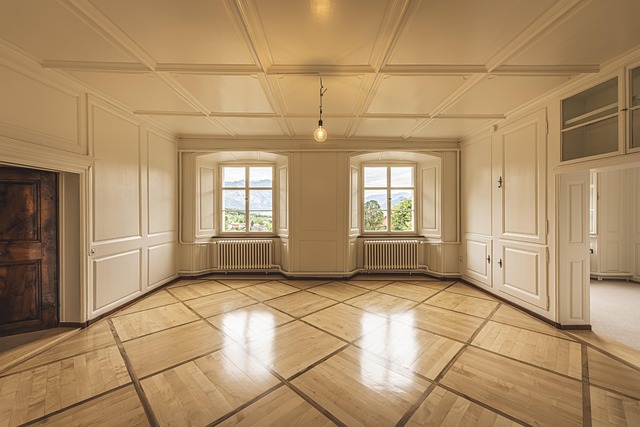Millennials Driving Shift in Real Estate Market with Demand for Sustainable Homes

Introduction
As the real estate market continues to evolve, one key factor driving change is the growing demand for sustainable homes. In particular, millennials are leading the charge in seeking out properties that are not only affordable and well-located but also environmentally friendly. This shift in consumer preferences is not only reshaping the types of homes being built but also influencing the way real estate developers and agents do business.

Changing Consumer Preferences
Millennials, born between 1981 and 1996, are now the largest generation of home buyers in the United States. As they enter the housing market in increasing numbers, they are bringing with them a set of values and priorities that are different from previous generations. Sustainability is a key concern for many millennials, who are more likely to be conscious of their carbon footprint and interested in living in homes that are energy-efficient and environmentally friendly.

The Rise of Eco-Friendly Homes
In response to this demand, real estate developers are increasingly incorporating sustainable practices into their projects. From energy-efficient appliances to solar panels and green roofs, eco-friendly features are becoming more common in new construction. In addition to reducing their environmental impact, these features can also save homeowners money on utility bills over the long term, making them an attractive selling point for many buyers.

Marketing Sustainable Properties
Real estate agents are also adapting to the changing market by emphasizing the sustainability of properties in their marketing efforts. Listings that highlight eco-friendly features such as LEED certification, energy-efficient windows, and sustainable landscaping are more likely to attract millennial buyers. Agents who are knowledgeable about green building practices and can communicate the benefits of sustainable homes effectively will have a competitive edge in today’s market.

Challenges and Opportunities
While the demand for sustainable homes is growing, there are still challenges to overcome. For example, the cost of building green can be higher upfront, which may deter some buyers. However, as more developers incorporate sustainable practices into their projects, economies of scale are helping to bring down costs. In addition, government incentives and rebates for green building can help offset some of the initial expenses.

Overall, the shift towards sustainable homes presents a significant opportunity for real estate professionals who are willing to embrace change and adapt to the preferences of today’s buyers. By understanding and catering to the values of millennials, agents and developers can position themselves for success in an increasingly competitive market.

Conclusion
In conclusion, the demand for sustainable homes is reshaping the real estate market, with millennials driving much of the change. As this generation becomes the dominant force in home buying, their preferences for eco-friendly properties are influencing the types of homes being built and marketed. Real estate professionals who embrace sustainability and can effectively communicate the benefits of green living to buyers will be well-positioned to thrive in this evolving market.

